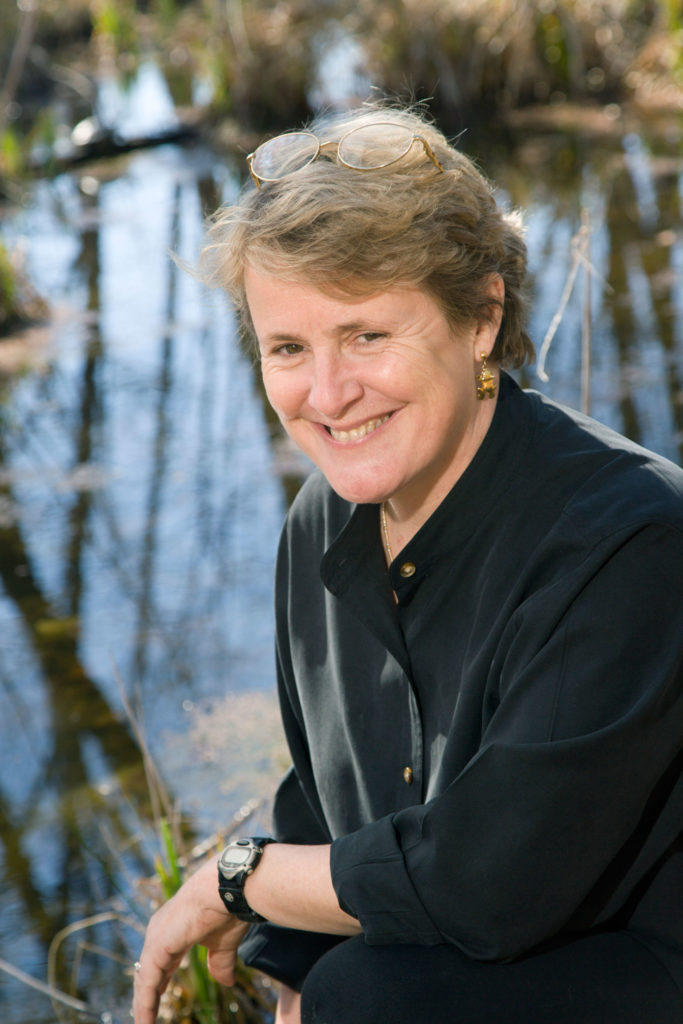Dangly frog earrings, at least 30 insect bites and a perpetual smile characterize Catherine Pringle as she returns from Panama, one of several tropical sites throughout Central America and the Caribbean where she conducts ecological research.
“Tropical field work sounds glamorous, but the reality can be quite different,” said Pringle. “I have spent plenty of time up to my waist, covered with mud, and dealing with torrential downpours that have washed out many a field experiment.”
While acknowledging that field conditions can be challenging, the cadence of her voice changes when she discusses the “brightly colored jewels” that are the highland frogs she studies in Panama. Highland frogs—including Panama’s national animal, the golden frog—are dying due to a fungal pathogen sweeping across Central America.
Pringle’s research demonstrates the ripple effect that happens from the fungus—the frogs are dying and therefore there are no tadpoles to graze algae, which causes algae to take over the streams and changes nutrient-cycling pathways. This also affects the food web, as frog-eating snakes are starving.
In addition to species conservation, another research focus for Pringle is global climate change. Her laboratory’s long-term project in Costa Rica has made tremendous strides in determining the relationship between climate change and neotropical stream ecosystems.
This project has produced the only long-term data set on stream chemistry for lowland rainforests in Central America and has been funded by the National Science Foundation for more than 20 years.
In addition to her international research, Pringle is also chair of the Conservation Ecology and Sustainable Development master’s program at the Odum School of Ecology. Pringle teaches several conservation courses and has mentored 34 graduate students during her tenure at UGA.
“The students’ enthusiasm helps me to be optimistic, given the enormity of environmental problems that we face,” said Pringle. “We cover topics ranging from species conservation to water quality to global warming. The energy and resourcefulness of the students keeps me positive.”
When asked to describe “conservation ecology,” Pringle first begins to talk, and then almost immediately switches to drawing. Several circles overlap at one section in the middle, each circle labeled with various fields including ecology, anthropology, economics, engineering and others.
“This is it—right where these circles overlap,” she said. “Our goal is to provide graduate students with an interdisciplinary perspective and approach. The issue of conservation transcends disciplines and that is where solutions lie.”
Whether it is research, teaching or service, Pringle is clear about what keeps her motivated.
“The graduate students inspire me,” she said, with her trademark smile. “They choose to be emboldened by what they are learning and remind me why the field of conservation is vital to our future.”
